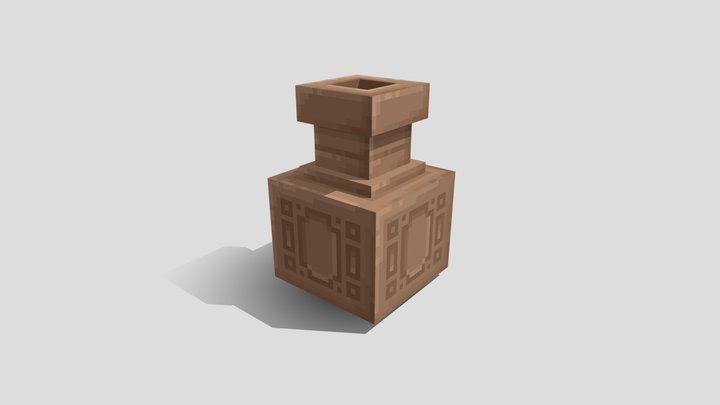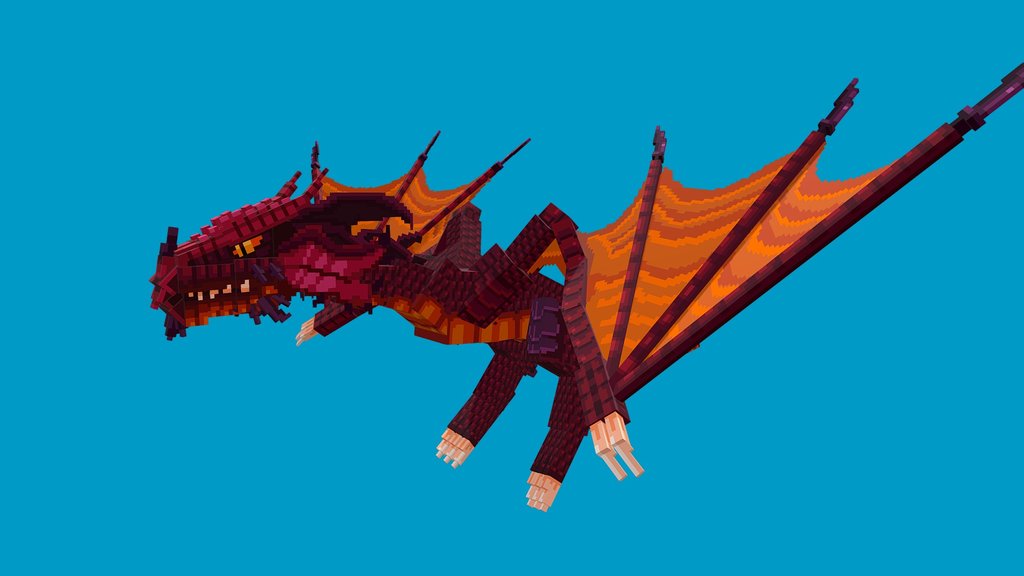

brown falls into red or orange, aquamarine falls into blue etc.). Hue is the color family determined by wavelength (e.g. For example, a large head on a small body can make the character cute, while an exaggerated torso and arms indicate strength. Like with any art form, changing the proportions of certain parts of the model influences the way the user interprets what is being depicted and its function. It is significantly bulkier than a regular human, so objects that the player interacts with should be created with this in mind. The most important example of this is the player model. a bee would have to be smaller than 1px if it were perfectly proportionate).įurthermore, functionality within the game's own proportions may not translate directly from real life. Small objects being recognizable takes priority over being to scale (e.g. This ratio should be taken into account, but it does not always apply. The dimensions of a Minecraft block are 16x16x16 pixels, which represents 1m³, meaning that a single pixel is 6.25cm long. Mixels on models are manifested as elements smaller than 1px (or 1 unit of scale in Blockbench) or overly inflated elements. Minecraft art, generally speaking, does not allow mixels (with the notable exception of slightly inflated elements on some models). Most low-spec art (digitally restrictive art) avoids mixels altogether. Much like pixels are picture elements (pix + el), mixels are elements of mixed resolutions, be it 2D or 3D. that is where the face of a character or the door of a closet would be). In the image below, you can see an example of an unwrapped UV map (blue = north, yellow = south, pink = west, green = east, white = top, grey = bottom).

In box UV mapping, the map of the elements is unwrapped automatically and works for all faces by default. In per-face UV mapping, Blockbench offers the Auto UV feature, which correctly scales the mapping of a face. that the texture does not get squashed or stretched. It is very important that the ratio of pixels is preserved on the model as well, i.e. In Minecraft, a pixel on the texture corresponds to a pixel on the model (1 unit of scale in Blockbench). The UV map defines how a texture is applied to the model. In the Minecraft art style, this solution is preferable to using many small elements to depict the same object/parts of an object. Small parts of an object can be depicted by a single large element with certain pixels strategically being fully transparent. Minecraft models utilize planes (elements with only 2 faces) and transparency, often together. Examples of this principle can be found throughout the game (barrel, cake, log, grindstone, pumpkin, melon, cocoa pod.). For example, rotating elements next to each other in order to form a curve does not conform with the Minecraft aesthetic.Ī spherical or cylindrical object would be translated into a single element. Rotated elements can be found in many Minecraft models, but their use needs to be justified. Rotating an element to create a slant instead is preferable.

Therefore, depicting slants and curves as stairs needs to be avoided. However, simplifying shapes shouldn't go too far, to the point where they are no longer recognizable. It should always be a goal to keep the element count as low as possible while still accurately depicting the object. The overall shape of an object should be defined by the model and most of the detail by the texture. Minecraft's art style is founded in simplicity.
Blockbench 3d model editor how to use full#
It contains materials on how to properly use Blockbench and take full advantage of its features. If you plan to create Minecraft art and aren't fully familiar with the technical aspects of it, reading Blockbench Overview & Tips is highly recommended. Please keep in mind that not all of the mentioned principles apply universally to non-vanilla art styles or to art unrelated to Minecraft. It is intended to help you create models and textures that fit right into the vanilla game and to unify the terminology for the community to give more efficient and constructive feedback. This set of guidelines covers the properties of the Minecraft art style.


 0 kommentar(er)
0 kommentar(er)
